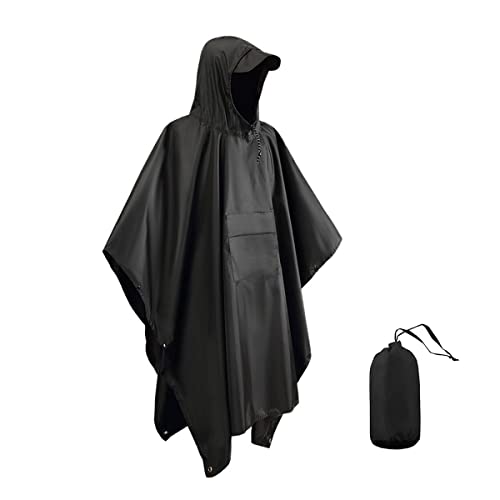Understanding the Different Types of Coats
When it comes to layering coats, it is important to first understand the different types of coats available. Each type of coat has its own unique characteristics and purpose. Some common types of coats include:
- Trench Coat: A classic and versatile coat, perfect for layering during transitional seasons.
- Puffer Coat: Ideal for cold weather, as it provides insulation and warmth.
- Peacoat: A stylish and classic coat with a double-breasted front, great for both casual and formal occasions.
- Overcoat: A long and tailored coat, typically worn over suits or dressier attire.
- Parka: A heavy-duty coat, designed for extreme weather conditions.
By understanding the different types of coats, you can choose the right ones to layer based on the weather and occasion.
Start with a Base Layer
When layering coats, it is important to start with a base layer that will provide warmth and comfort. This can be a lightweight sweater, a thermal top, or a long-sleeved shirt. The base layer will help trap heat and create a barrier against the cold.
Choose a base layer that fits comfortably and is not too bulky to ensure that it can be easily layered under other coats. Opt for materials like merino wool or thermal fabrics, as they are effective at trapping heat.
Add a Mid-layer for Extra Warmth
Once you have your base layer on, you can add a mid-layer for extra warmth and insulation. This can be a thicker sweater, a fleece jacket, or a down vest. The mid-layer should be slightly thicker than the base layer to provide additional insulation.
Consider the weather conditions when choosing a mid-layer. If it is extremely cold, opt for a down jacket or a heavy wool sweater. If it is milder, a lightweight fleece or a cardigan might suffice.
Layering a mid-layer on top of your base layer will help create a thermal barrier to keep you warm and cozy.
Choose the Right Outer Layer
The outer layer is the final coat that you wear on top of your base and mid-layers. This is the coat that will provide protection against the elements, so it is important to choose the right one.
Consider the weather conditions when selecting an outer layer. If it is raining, a waterproof trench coat or a parka with a water-resistant fabric would be ideal. If it is snowing, a puffer coat or an insulated parka would provide the necessary insulation.
Additionally, take into account the length and style of the outer layer. If you are wearing it for a formal occasion, an overcoat or a pea coat would be more appropriate. If you need a coat for outdoor activities, a parka or a puffer coat with a hood would be more practical.
Don’t Forget the Accessories
When layering coats, it is important not to forget about the accessories. Accessories like scarves, hats, and gloves can provide extra warmth and protection.
Choose accessories that complement your outfit and also serve a functional purpose. Opt for a scarf that is long enough to wrap around your neck multiple times, a hat that covers your ears, and gloves that are insulated and waterproof.
Accessorizing not only adds style to your layered coat ensemble but also helps to keep you warm and comfortable in cold weather.






